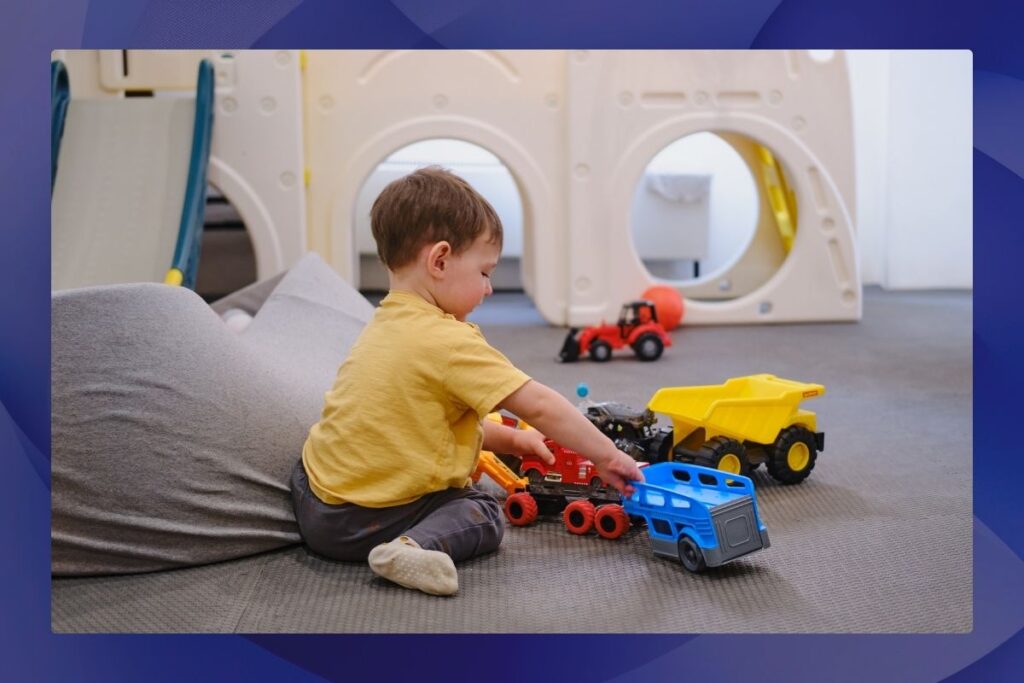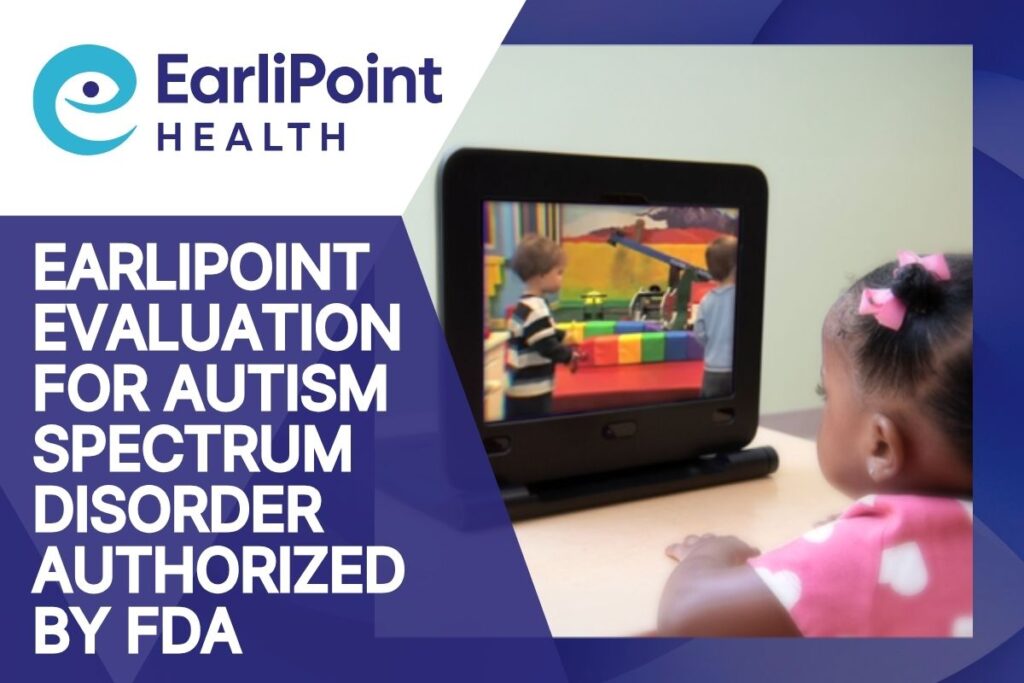As a parent, watching your baby’s development is an exciting journey filled with milestones like their first smile, laugh, and steps. One important part of early development that parents often observe is eye contact. Eye contact plays a crucial role in communication and bonding, but what happens when it seems limited or absent? Understanding the importance of eye contact and knowing when to seek guidance can help support your child’s growth.
Why Eye Contact Matters in Early Development
Eye contact is a powerful way babies connect with the world around them. It helps build relationships, signals understanding, and aids in language and social skills development. Here’s why it’s significant:
- Social Connection: Babies use eye contact to interact and bond with parents and caregivers.
- Communication: It’s a key non-verbal cue that fosters interaction and understanding.
- Learning: By following someone’s gaze, babies learn to focus on objects and actions, aiding cognitive growth.[1]
Signs to Watch For
While every baby develops at their own pace, there are some signs parents should monitor:
- Limited or Avoided Eye Contact: By two months, babies typically start making brief eye contact. If this is absent or very rare, it may indicate a developmental concern.
- Lack of Response to Social Smiles: Babies often respond to smiles with eye contact and expressions. A lack of response could be a sign to explore further.
- Difficulty Following Gaze: Babies usually follow where a person is looking by around six months. If they struggle with this, it may suggest a developmental delay.[2]
What Causes Reduced Eye Contact?
Reduced eye contact could stem from various factors, including:
- Temperamental Differences: Some children may naturally be more reserved or shy.
- Developmental Delays: Conditions like autism spectrum disorder (ASD) may impact how a child engages socially and uses eye contact.[3]
- Vision Issues: Reduced eye contact might also indicate difficulties with vision.
When Should You Seek Help?
If you notice consistent patterns of limited or avoided eye contact, trust your instincts and seek guidance. Here’s what you can do:
- Talk to Your Pediatrician: Share your concerns during a regular visit or schedule an evaluation.
- Request Developmental Screenings: These tools help assess social, communication, and motor skills.
- Explore Early Intervention Services: If needed, therapies like speech or behavioral therapy can support your child’s development.[4]
How Early Support Can Make a Difference
Early intervention is transformative for children experiencing developmental delays. For example:
- Speech therapy can enhance communication skills.
- Occupational therapy helps improve social interaction.
- Behavioral therapy focuses on building eye contact and engagement.
Research shows that early support can significantly improve developmental outcomes, particularly in children diagnosed with ASD.[5]
Real-Life Story: How Early Awareness Helped Ethan Thrive
Ethan’s parents noticed that by six months, he rarely made eye contact and didn’t respond to their smiles. Concerned, they consulted their pediatrician, who recommended a developmental screening. Ethan was later diagnosed with autism, and his parents began early intervention therapy. By age three, Ethan had developed stronger social and communication skills, transforming his ability to connect with others.
Closing Thoughts – visit our Parent page
Eye contact is a window into your baby’s development. While some variation is normal, consistent patterns of reduced eye contact may signal a need for further exploration. By staying informed and seeking early support, you can help your child thrive. If you have concerns about your child’s eye contact, don’t hesitate to consult your pediatrician for guidance.
Remember, early action can make a lifelong difference.
For comprehensive resources and guidance tailored for parents and caregivers– visit our Parent page.
References
- Centers for Disease Control and Prevention (CDC). (2021). Social Development in Early Childhood. Retrieved from https://www.cdc.gov
- Autism Speaks. (2022). Recognizing the Early Signs of Autism. Retrieved from https://www.autismspeaks.org
- National Institute of Child Health and Human Development (NICHD). (2021). Early Childhood Development. Retrieved from https://www.nichd.nih.gov
- American Academy of Pediatrics (AAP). (2020). Importance of Developmental Screenings. Retrieved from https://www.aap.org
- Schreibman, L., et al. (2015). The Impact of Early Intervention on Developmental Delays. Journal of Autism and Developmental Disorders, 45(8), 2418–2424.




